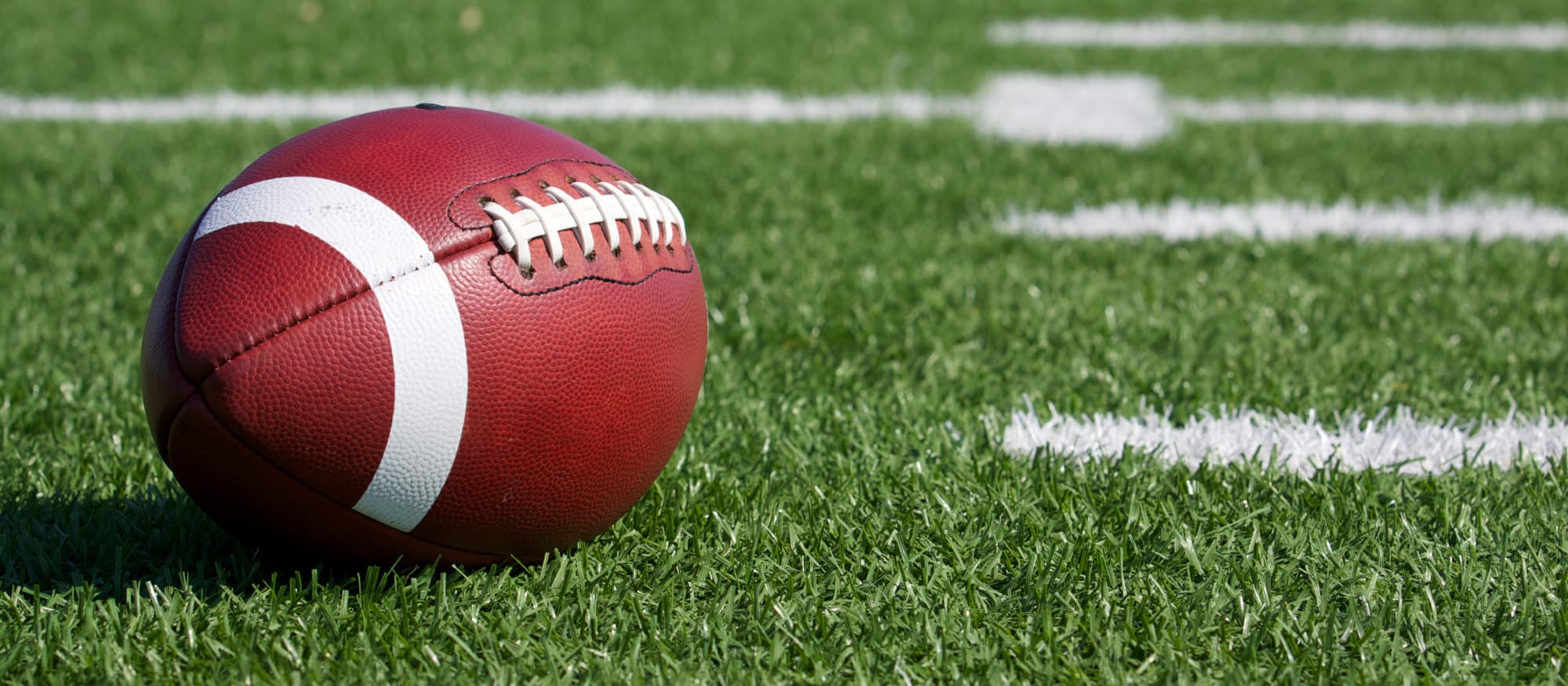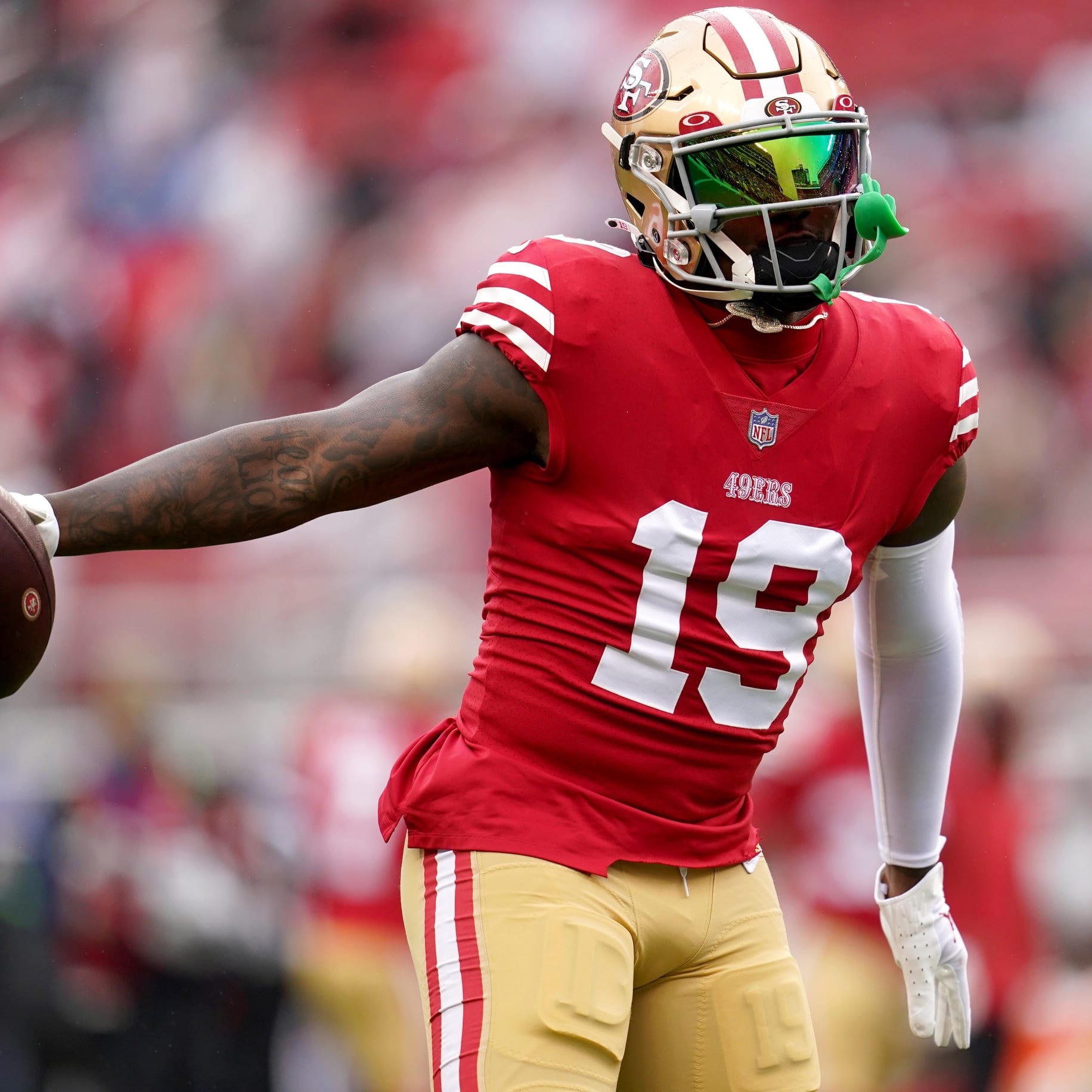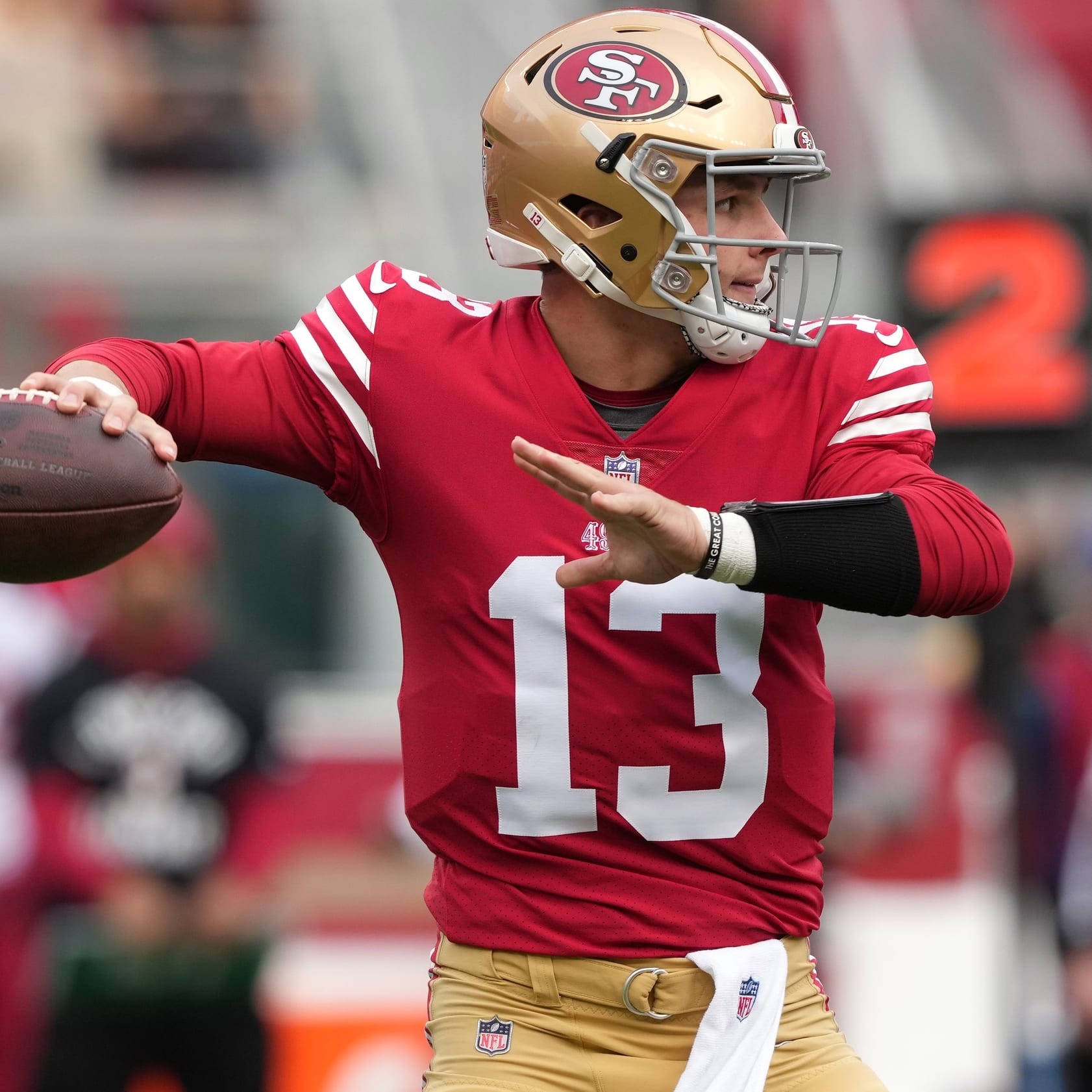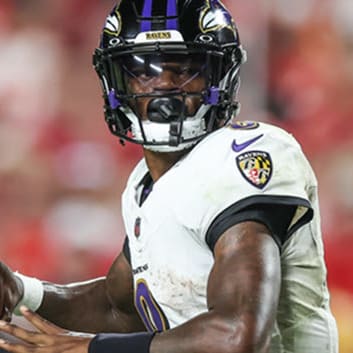This article is part of our Injury Analysis series.
Hamstring injuries are a common occurrence in sports but the injury has gained notoriety over the last few weeks as multiple NFL Pro Bowlers have succumb to strains of varying degree. Before we can understand how the injury will affect the player's productivity, it's important to understand the basics of the muscle itself.
The hamstring is not an individual muscle but actually a group of muscles located on the posterior aspect of the thigh. It is considered a two joint muscle as it controls motions at both the hip and knee. It plays a vital role in acceleration and deceleration and helps control the explosive movement needed to run routes and make cuts with both speed and precision.
Unfortunately, hamstring strains generally occur with repeated sudden changes of speed. When a player begins to sprint at a high speed, the power generated by the hips substantially increases. Hamstring activity increases to extend the hip, flex the knee and constrain the opposite motion eccentrically. However this puts a high degree of stress on the muscle group, increasing the likelihood of muscle failure causing strains to occur.
A strain can arise in the muscle belly or tendon, requiring the body's natural healing process to kick in and begin repairing the damage. Specialized cells begin producing various components responsible for regenerating new muscle fibers. The newly developed scar tissue is not immediately at full strength and is not arranged in an organized pattern. The random and haphazard pattern makes it vital that the
Hamstring injuries are a common occurrence in sports but the injury has gained notoriety over the last few weeks as multiple NFL Pro Bowlers have succumb to strains of varying degree. Before we can understand how the injury will affect the player's productivity, it's important to understand the basics of the muscle itself.
The hamstring is not an individual muscle but actually a group of muscles located on the posterior aspect of the thigh. It is considered a two joint muscle as it controls motions at both the hip and knee. It plays a vital role in acceleration and deceleration and helps control the explosive movement needed to run routes and make cuts with both speed and precision.
Unfortunately, hamstring strains generally occur with repeated sudden changes of speed. When a player begins to sprint at a high speed, the power generated by the hips substantially increases. Hamstring activity increases to extend the hip, flex the knee and constrain the opposite motion eccentrically. However this puts a high degree of stress on the muscle group, increasing the likelihood of muscle failure causing strains to occur.
A strain can arise in the muscle belly or tendon, requiring the body's natural healing process to kick in and begin repairing the damage. Specialized cells begin producing various components responsible for regenerating new muscle fibers. The newly developed scar tissue is not immediately at full strength and is not arranged in an organized pattern. The random and haphazard pattern makes it vital that the rehabbing athlete loads the healing muscles in an appropriate way. Performing rehab exercises and activities in a precise and accurate manner will allow the developing new tissue to form in a stronger, more durable pattern.
Unfortunately for the player (and invested fantasy owners) the newly formed tissue is vulnerable to reinjury. If the scar tissue is less than 100 percent it can be easily disrupted. If this occurs the entire healing process must be restarted and the tedious progression of tissue regeneration begins again.
Philadelphia's Michael Vick is just one of several players currently managing a hamstring strain and the often-injured quarterback is likely out for Week 6. Vick's speed and mobility is a valuable fantasy weapon but has made him prone to these types of injuries. It also means he will need a longer amount of time to recover. While Eagles coach Chip Kelly insists Vick will remain his starter when healthy, don't be surprised if that doesn't occur for at least two weeks.
Receiver Roddy White was working his way back from a high ankle sprain before leaving Monday night's loss with a hamstring strain of his own. The team will continue to evaluate the injury but White will benefit from a conveniently timed bye week. He will remain a question mark for Week 7 but an extended rest may be just thing White needs to get over both ailments.
Oakland running backs Darren McFadden and Rashad Jennings are also managing hamstring injuries. McFadden did not dress on Sunday and remains doubtful for Week 6. Oakland has Week 7 off so don't be surprised to see Oakland utilize a backfield of Marcel Reece and Jeremy Stewart to give their top backs extra time to rest and recuperate.
EJ Manuel
The rookie quarterback is expected to miss at least four weeks with a sprained lateral collateral ligament (LCL) sustained in his team's Thursday night loss to Cleveland. The LCL ligament is located on the outside portion of the knee, providing stability with lateral movement. The LCL is harder to injure than the ACL or MCL because the mechanism of injury required to sprain the ligament does not occur very often. Generally when an offensive player is tackled, the hit is made directly on the outer portion of his legs, producing a valgus force that stresses the MCL situated on the inside portion of the knee. However, Cleveland safety Tashaun Gipson hit Manuel on the inside portion of his right leg, generating a varus force that sprained the LCL. The injury is very similar to the LCL injury that Washington's Robert Griffin suffered late last season.
Fortunately for Manuel the LCL can heal without surgical intervention. He will spend the next few weeks regaining any lost range of motion or function before advancing to football-related activities. Manuel should return later this season but that could depend on Buffalo's record when he's been cleared to play.
Owen Daniels
The Texans will be without Daniels for four-to-six weeks after he suffered a non-displaced fracture of his fibula. The team had hoped the injury was a bad bone contusion but further testing revealed the break. The bone remains aligned and will not require surgery but time will still be needed to repair the fracture. The established timeline seems fair and Daniels has a decent chance to return on the early end, especially with a bye week slated for Week 8.
Julio Jones
According to a variety of reports, Jones broke a screw in his surgically-repaired foot during the Falcons' loss to the Jets. Jones originally had surgery on the foot before his rookie season. Initial reports indicate he'll be sidelined for the rest of the season, but he's expected to seek a second opinion this week.
Turf Burns
Brian Hoyer: Hoyer's time as staring quarterback was brief after the Browns signal caller suffered a torn ACL. He will undergo surgery and based on the timing of the injury it's reasonable to think he could be ready for the start of next season.
Calvin Johnson: The Lions receiver is progressing nicely and is optimistic about playing against the Browns. He missed his first game since 2010 nursing an undisclosed knee injury and is expected to see limited reps in practice this week. After watching Johnson limp through last season it sounds like the team was being proactive and hoping a week of rest will allow him to return quicker and without any lingering problems.
Ryan Mathews: Mathews is back on the sidelines after suffering a concussion early in the team's loss to the Oakland. He will need to complete the NFL concussion protocol before he will be cleared to play. The real question is whether or not he will get the starting job back as Danny Woodhead continues to play well.
Clay Matthews: The Packers defense will be without Matthews for at least a month after he suffered a broken thumb that will require surgery. It's an obvious blow for his owners in IDP leagues but will also negatively impact the Green Bay team defense.
David Wilson: A neck injury that is causing numbness and tingling forced Wilson from Sunday's game against the Eagles. The team is calling the decision to remove him from play purely precautionary but there's plenty of reason for concern. Tingling and numbness is often associated with a brachial plexus injury (a stinger) or a cervical disk problem. These symptoms can also be the result of a concussion. The team will do an extensive evaluation before Thursday's game but the short turn around slims his odds of playing.
Jeff Stotts is a Certified Athletic Trainer, MAT, PES and the Injury Analyst for Rotowire.com. You can follow him on twitter @RotoWireATC.










